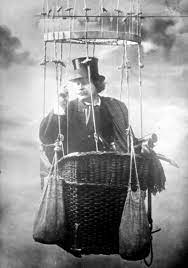
The first aerial photographs, marking a groundbreaking achievement in the history of photography, were captured by the pioneering balloonist Nadar. Employing the novel perspective afforded by his balloon flights, Nadar harnessed this innovative technology to obtain unprecedented views from above. These early aerial photographs laid the foundation for future developments in aerial imaging and greatly contributed to the exploration of new visual perspectives.
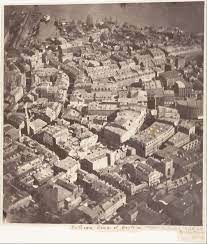
James Wallace Black holds the distinction of capturing the oldest surviving aerial photographs, a remarkable feat achieved through his aerial photography endeavors using a balloon. In this pioneering effort, Black utilized the vantage point from the balloon to take captivating images that stand as historical milestones in the evolution of aerial photography. His work not only showcased the potential of aerial imaging but also laid the groundwork for further advancements in the field, influencing the trajectory of photography and exploration.
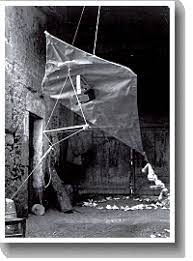
Arthur Batut played a pivotal role in advancing aerial photography through his innovative exploration of kite aerial photography techniques. Building on his initial experiments, numerous enthusiasts and photographers embraced this novel approach to capture images from elevated perspectives using kites. Batut's pioneering work laid the groundwork for a widespread adoption of kite aerial photography, fostering a community of aerial photographers who continued to refine and expand the possibilities of this unique method.
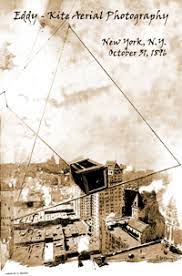
The renowned photographer William Abner Eddy achieved widespread acclaim for producing high-quality aerial photographs of Boston through his adept utilization of kite aerial photography. Eddy's innovative approach captured the cityscape from elevated vantage points, showcasing a unique and captivating perspective of Boston. His pioneering work not only garnered fame for its technical excellence but also contributed significantly to the evolution of aerial photography as a distinct and influential medium.
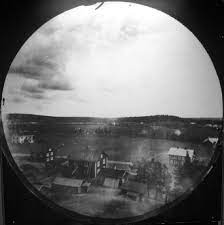
In 1888, Amedee Denisse made groundbreaking strides in aerial photography by ingeniously outfitting a rocket with both a camera and a parachute, paving the way for new possibilities in capturing images from the sky. This innovative technique marked a significant leap forward in the evolution of aerial photography, providing a dynamic and novel method for obtaining visual data. Following Denisse's pioneering efforts, Alfred Nobel further contributed to the field by utilizing rocket photography in 1897, showcasing the continued exploration of unconventional means to capture aerial perspectives.